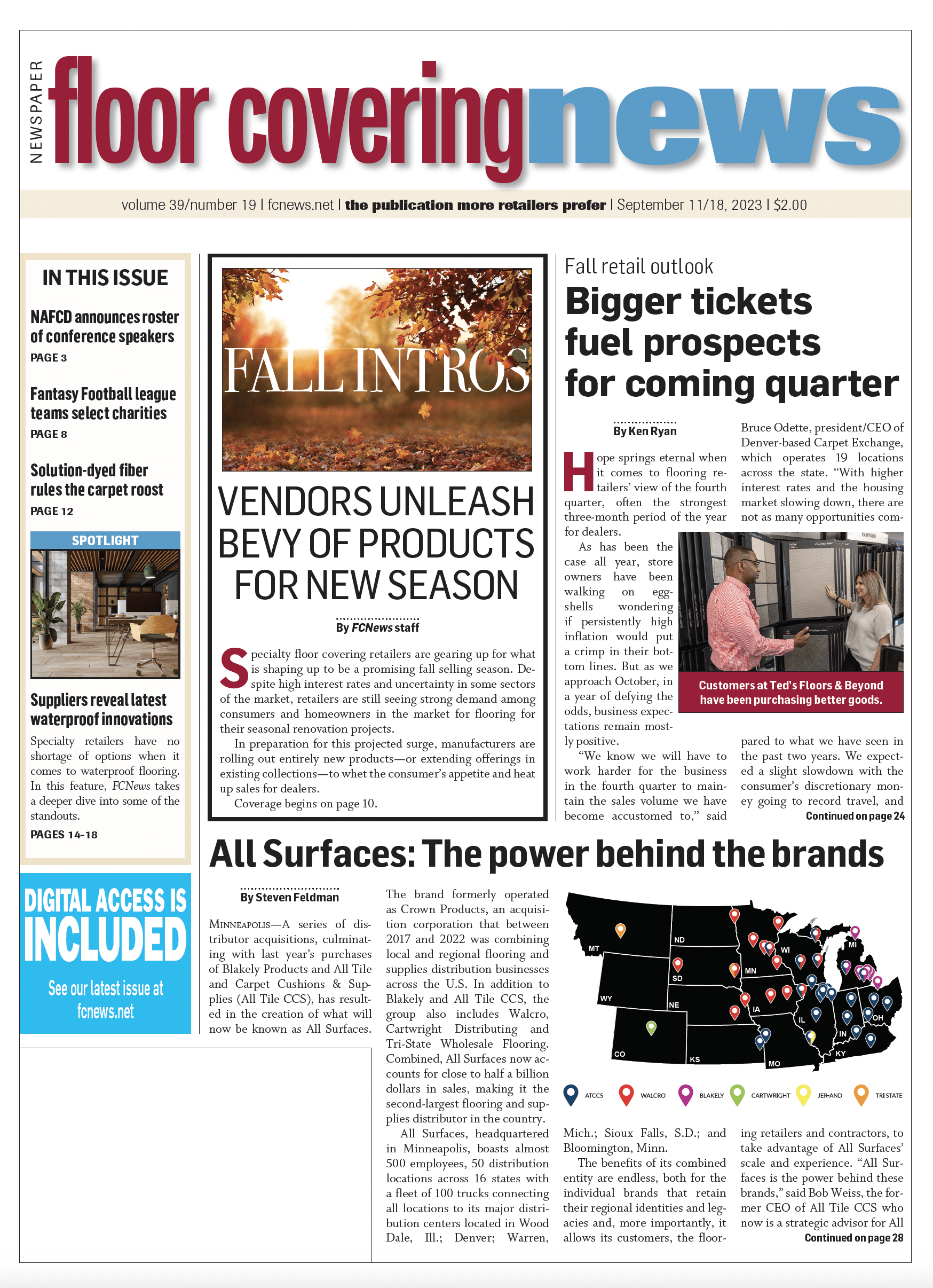 Has a customer ever called you complaining about hardwood floors cupping? Or about resilient floors having issues? If not, don’t let there be a first time!
Has a customer ever called you complaining about hardwood floors cupping? Or about resilient floors having issues? If not, don’t let there be a first time!
Claims usually start with testing for moisture—not only in the flooring itself but also in the subfloor. In this article I’ll show you how to identify subfloor moisture issues and offer tips to prevent them.
Subfloor moisture issues can show up in many ways. Sometimes, they may be obvious—such as hardwood floors warping, cupping, or even buckling. And in other flooring types, you might notice other issues, such as delamination; adhesives that don’t hold; end-gapping; squeaks or unevenness; cracks in tiles; mold, mildew; or a musty smell.
Moisture can come from various sources. For one, the area around the building might have poor drainage, so groundwater moves into the subfloor. This is often connected with not having a vapor barrier—or a damaged one. Leaking pipes could also cause moisture to seep into the concrete. Additionally, environmental conditions can cause higher humidity levels. Thankfully, these issues are avoidable if you take some important measures before installing the floor.
Testing moisture in wood
If you have a subfloor made of plywood or OSB panels, the first step is to test for moisture levels. When installing solid or engineered hardwood flooring, the National Wood Flooring Association (NWFA) recommends checking 20 locations on the subfloor per 1,000 square feet. You can check this quickly using a pinless moisture meter.
The subfloor materials should be within 2%–4% moisture content of the floor. If they aren’t, allow them to acclimate until they’re within that range. On top of ensuring proper moisture levels, some installers put in an underlayment that helps retard moisture.
Maintain a consistent temperature and relative humidity in the installation area, and teach your clients to do the same. This way, you won’t have to worry about damage down the road.
Concrete moisture testing
Concrete slabs should have a vapor retarder underneath to prevent moisture from migrating into the concrete and eventually into the floor. Once you know the status of the vapor barrier, test the concrete moisture levels by using relative humidity testing approved by ASTM F2170. The standard generally requires floors to be under 75% relative humidity—although you should always follow the flooring manufacturer’s guidance. If the concrete still has excess moisture, allow it to dry in a consistent environment where dehumidifiers and HVAC systems are present.
These precautions will go a long way in avoiding issues. In turn, you’ll save yourself the time and money of repairs—and you’ll build your customers’ trust at the same time.
Jason Spangler is sales manager for Wagner Meters. He has more than 25 years’ experience in sales and sales management across a broad spectrum of industries. Spangler also has extensive industry involvement.

